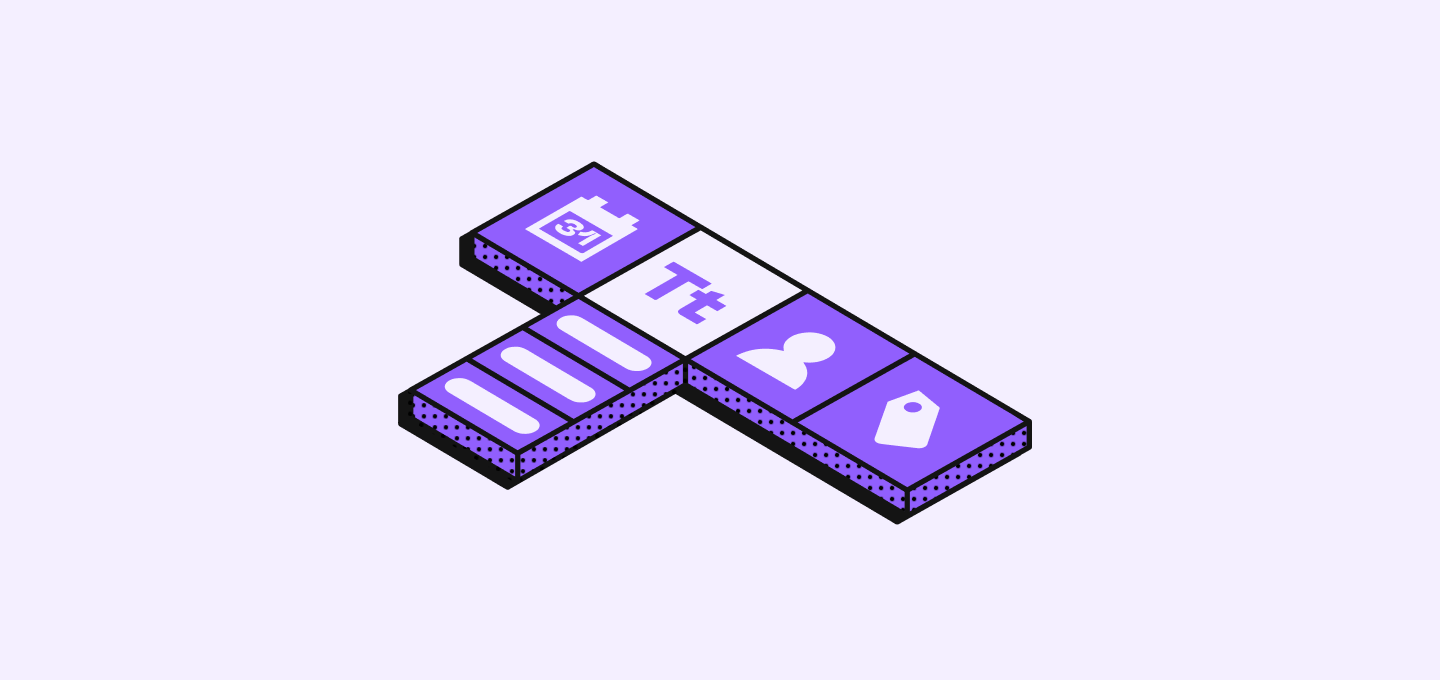
Prerequisites
- Linux and MacOS
- Windows (WSL)
Before you can install and use Twenty, make sure you install the following on your computer:
Step 1: Git Clone
In your terminal, run the following command.- SSH (Recommended)
- HTTPS
If you haven’t already set up SSH keys, you can learn how to do so here.
Step 2: Position yourself at the root
Step 3: Set up a PostgreSQL Database
- Linux
- Mac OS
- Windows (WSL)
Option 1 (preferred): To provision your database locally:
Use the following link to install Postgresql on your Linux machine: Postgresql InstallationNote: You might need to add
sudo -u postgres to the command before psql to avoid permission errors.Option 2: If you have docker installed:postgres and password postgres .
Step 4: Set up a Redis Database (cache)
Twenty requires a redis cache to provide the best performance- Linux
- Mac OS
- Windows (WSL)
Option 1: To provision your Redis locally:
Use the following link to install Redis on your Linux machine: Redis InstallationOption 2: If you have docker installed:
Step 5: Setup environment variables
Use environment variables or.env files to configure your project. More info here
Copy the .env.example files in /front and /server:
Step 6: Installing dependencies
To build Twenty server and seed some data into your database, run the following command:npm or pnpm won’t work
Step 7: Running the project
- Linux
- Mac OS
- Windows (WSL)
Depending on your Linux distribution, Redis server might be started automatically.
If not, check the Redis installation guide for your distro.
Step 8: Use Twenty
Frontend Twenty’s frontend will be running at http://localhost:3001. You can log in using the default demo account:[email protected] (password: [email protected])
Backend
- Twenty’s server will be up and running at http://localhost:3000
- The GraphQL API can be accessed at http://localhost:3000/graphql
- The REST API can be reached at http://localhost:3000/rest